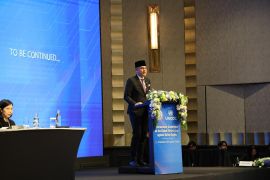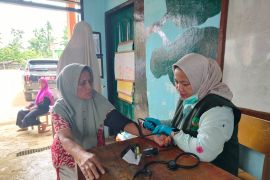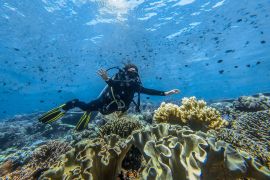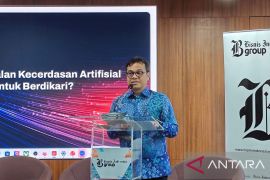"We are optimistic the target can be achieved since Indonesia managed to phase out the use of chlorofluorocarbons (CFCs) in 2008, two years earlier than the target set by the Montreal Protocol," said Arief Yuwono, deputy for environmental destruction and climate change control to the environment minister, here on Friday.
At their meeting in Montreal, Canada, in September 2007, all parties to the protocol agreed to expedite the phase-out of HCFC production and consumption between 2013 and 2030, he said.
The parties to the protocol agreed to freeze production and consumption of HCFCs at the baseline level, the average of 2009 and 2010 consumption, as of January 2013, he said.
The level will then be reduced by 10 percent starting in 2015; 35 percent in 2020; 67.5 percent in 2025; and 97.5 percent in 2030.
"From 2030-2040, the use (of HCFCs) at 2.5 percent of the baseline level will only be allowed for the repair of air conditioners," he added.
Arief said the Indonesian government, through its national HCFC phase-out strategy, will achieve the target by switching from HCFC to non-HCFC technology, issuing new policies and regulations and educating the public and stakeholders about the importance of protecting the ozone layer.
"We hope the public will buy products that do not contain ozone-depleting substances, have their air conditioners repaired at certified workshops and use protective measures, such as sunglasses, sun veils, hats and umbrellas, to avoid UV-B," he said.
He noted that the Environment Ministry will join with the Industry Ministry, the Trade Ministry and the Directorate General of Customs and Excise in phasing out the production and consumption of HCFCs in Indonesia.
Reporting by Sella Panduarsa Gareta
Editor: AA Ariwibowo
Copyright © ANTARA 2013











